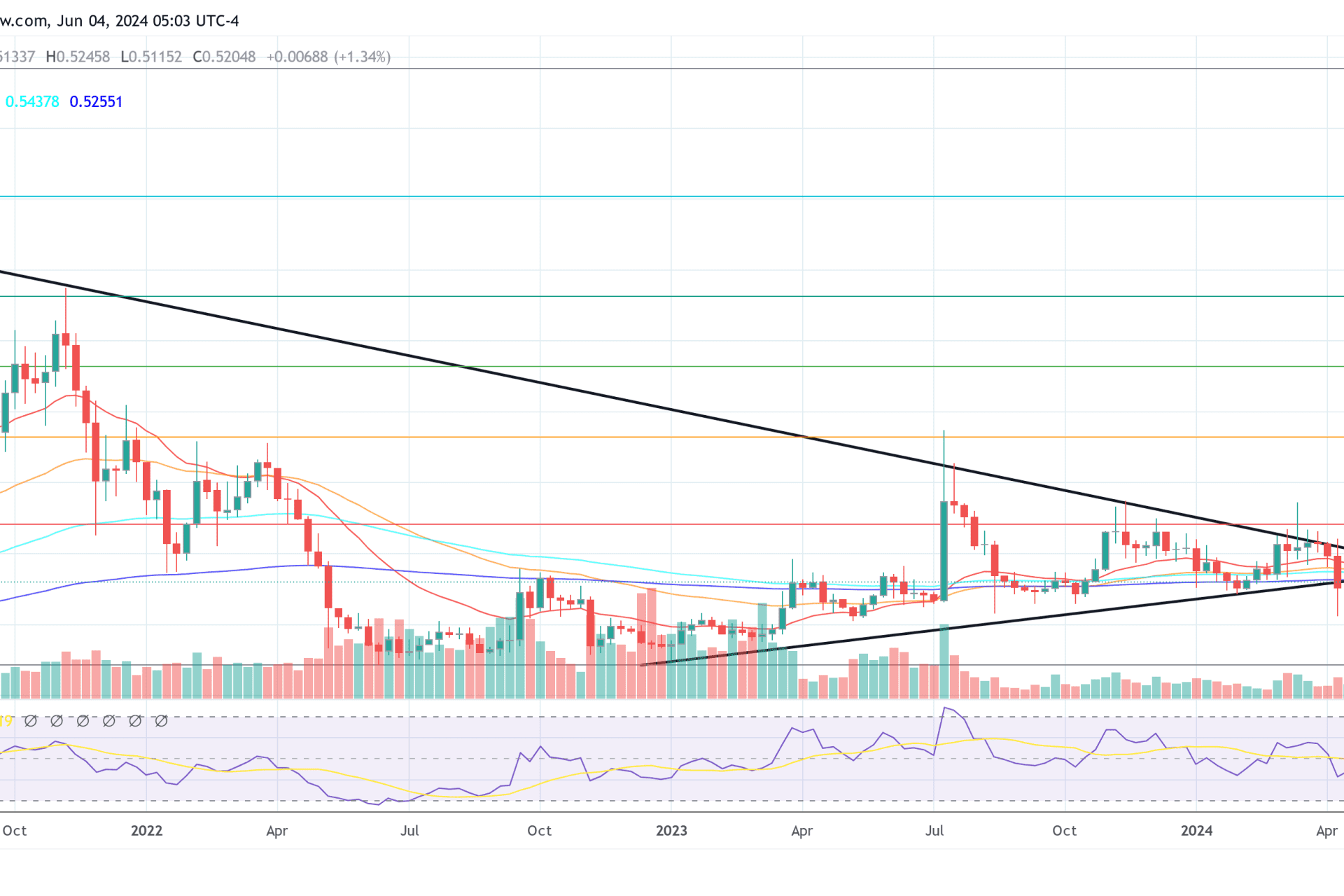David Schwartz, the Chief Technology Officer at Ripple, recently discussed the security measures of the XRP Ledger and potential attack scenarios in an interview with The Defiant. Unlike Bitcoin, the XRP Ledger relies on the Ripple Protocol Consensus Algorithm (RPCA), a Byzantine Fault Tolerance (BFT) consensus mechanism for security.
Possible Attack Scenarios
Schwartz outlined a theoretical attack on the XRP Ledger, highlighting the disruption of the global ordering of transactions as the primary vulnerability. This disruption could lead to network-wide halting, thwarting any attempts of a double spend within the system.

While Schwartz acknowledges the feasibility of such an attack, he also underscores its limited impact and challenges in execution. He suggests that any attempt to disrupt the network would encounter hurdles in monetization and cooperation from trusted validators.
He mentions a potential motive for such an attack, speculating that individuals short XRP might seek to manipulate its value by halting the network. However, he argues that the intricate trust dynamics within the network would deter validators from colluding in an attack.
Comparing the XRP Ledger’s security model to Proof-of-Work systems like Bitcoin, Schwartz emphasizes the difficulty in launching an attack and the transient nature of its disruption. He downplays the practicality of such an attack, likening it to concerns in other cryptocurrency networks.
Despite the theoretical vulnerabilities, Schwartz emphasizes the robustness of the XRP Ledger’s security design. He notes the network’s composition of nodes and validators, drawing parallels to Bitcoin’s node structure.
In conclusion, while acknowledging the potential for attacks, Schwartz highlights the resilience of the XRP Ledger’s security measures. The ongoing dialogue around security in the cryptocurrency space remains crucial, with Ripple’s approach emphasizing trusted validation protocols.
As of the latest information, XRP was trading at $0.52.





